From November 26, 2022 to May 14, 2023, MIC - Museo internazionale delle Ceramiche di Faenza presents the exhibition Galileo Chini. Ceramiche tra Liberty e Déco, curated by Claudia Casali and Valerio Terraroli.
About two hundred pieces including ceramics, some of them previously unpublished, and preparatory drawings will be on display to document the various phases of activity of the two manufactures founded by Galileo Chini, a multifaceted artist among the pioneers of Art Nouveau in Italy and a refiner of the Art Deco taste: L’Arte della Ceramica, established in Florence in 1896, and the Fornaci San Lorenzo, opened in 1906 in Borgo San Lorenzo, in Mugello, of which Galileo was the artistic director. At first inspired by Art Nouveau floral motifs and Botticelli-influenced female figures, the Manifattura’s ceramics won fame for their refined decorations, which were later covered with metallic lustres, decorative syntheses and a wide range of stoneware.
Up-to-date on European tastes and trends of the time, Chini painted still lifes, landscapes of his Versilia, and frescoed the dome of the vestibule of the Central Pavilion of the Venice Biennale in 1909. He devoted himself passionately to the art of ceramics with a highly personal production and undertook ventures in ceramics applied to architecture, as in the Salsomaggiore spa, whose centenary of foundation falls in 2023.
The exhibition is linked to the MIC in Faenza: Galileo Chini was in fact called upon to decorate the rooms set aside for the arts at the Torricelliana Exposition in Faenza in 1908, from which the foundation of the International Museum of Ceramics began. A first nucleus of works was donated by him to the city. However, these were lost during World War II, but many others were donated by Manifattura Chini in later years.
A visit to the exhibition also suggests a geographical itinerary to discover the architectural decorations of the Manifattura Chini in Salsomaggiore, Castrocaro, Borgo San Lorenzo, and Montecatini Terme, in a network project that aims to highlight the artist’s complex and articulated work.
Accompanying the exhibition is a catalog containing critical contributions by the curators and by Stefania Cretella, Ezio Godoli, Edoardo Lo Cicero, Maurizia Tosatti, and Ulisse Tramonti: the volume not only documents the works on display, but also delves into the context related to international exhibitions, architectural projects, the production of glass and wrought iron, and the Venice Biennials.
The exhibition is made possible thanks to the support of MiC - Directorate General, Education, Research and Cultural Institutes, Emilia-Romagna Region, Fondazione Cassa di Risparmio di Ravenna, Municipality of Faenza, and Unione della Romagna Faentina.
For info: www.micfaenza.org
Hours: Tuesday to Friday from 10 a.m. to 2 p.m.; Saturday and Sunday from 10 a.m. to 6 p.m. Closed on non-holiday Mondays.
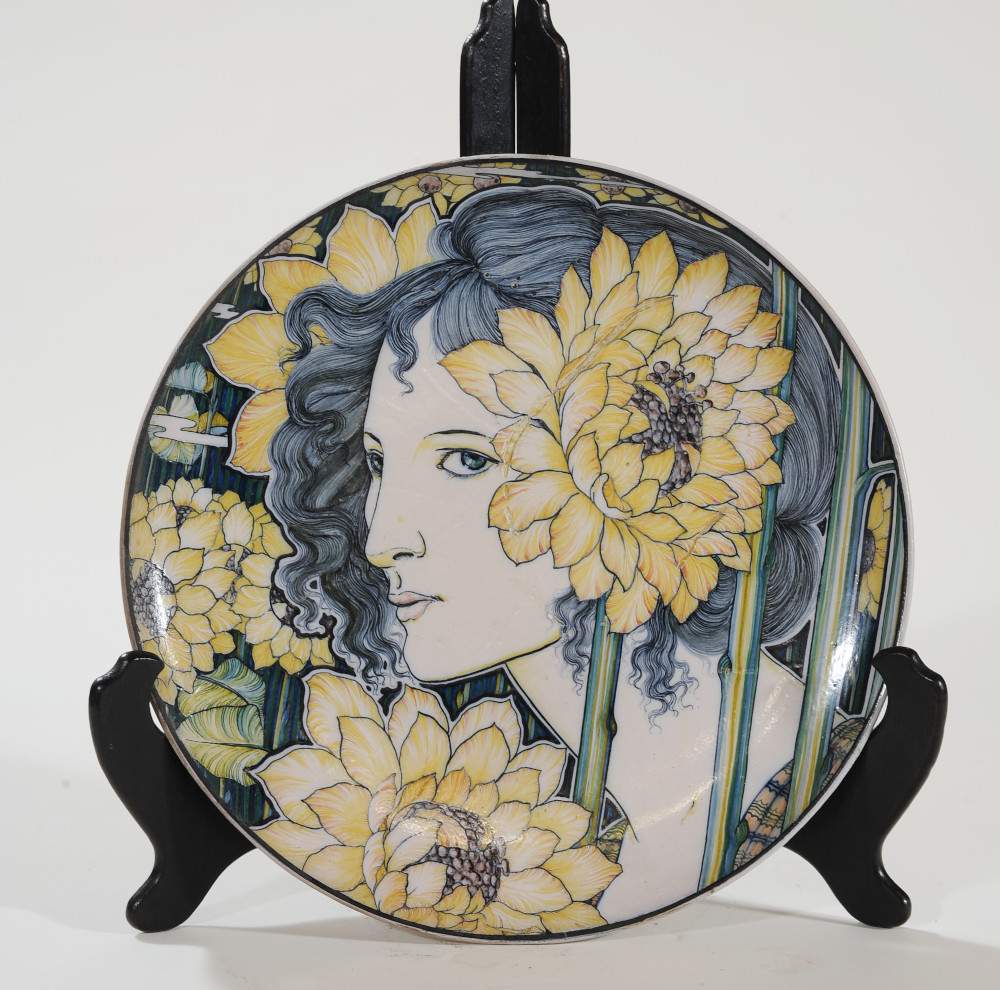
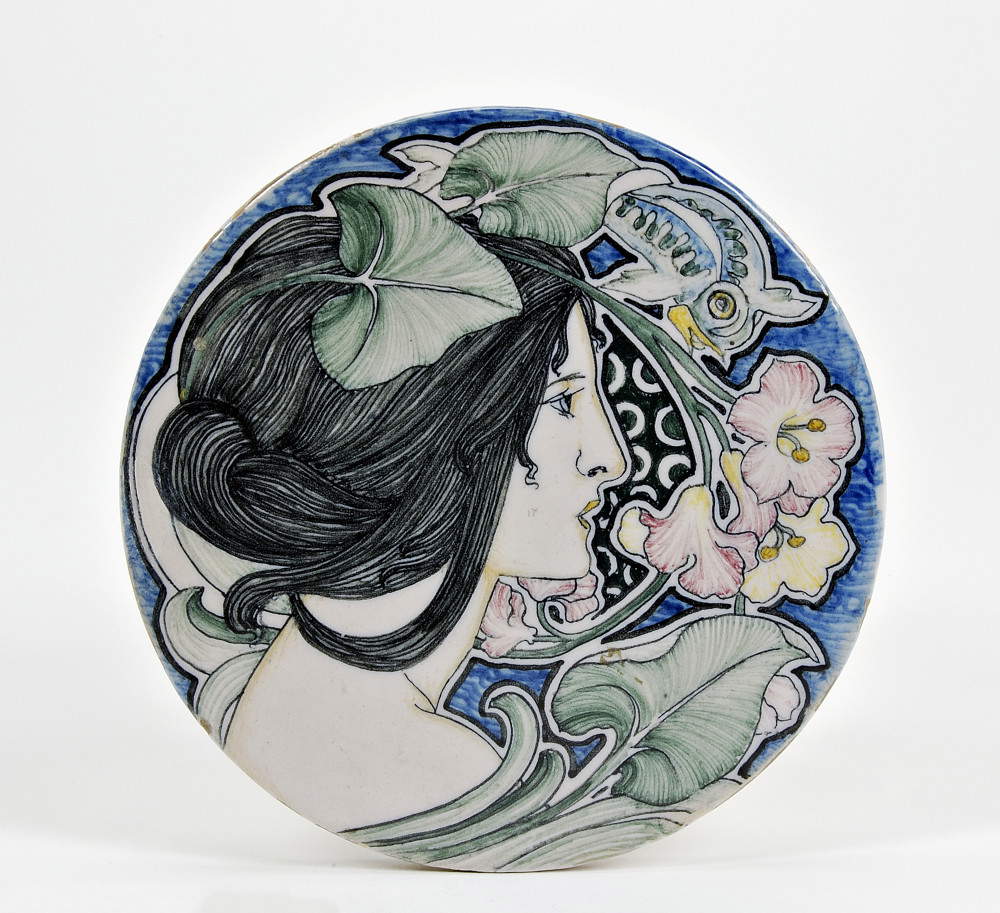
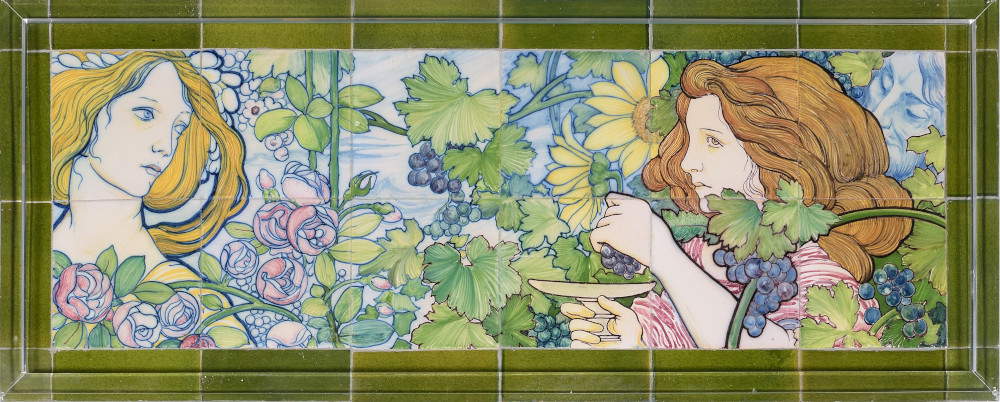
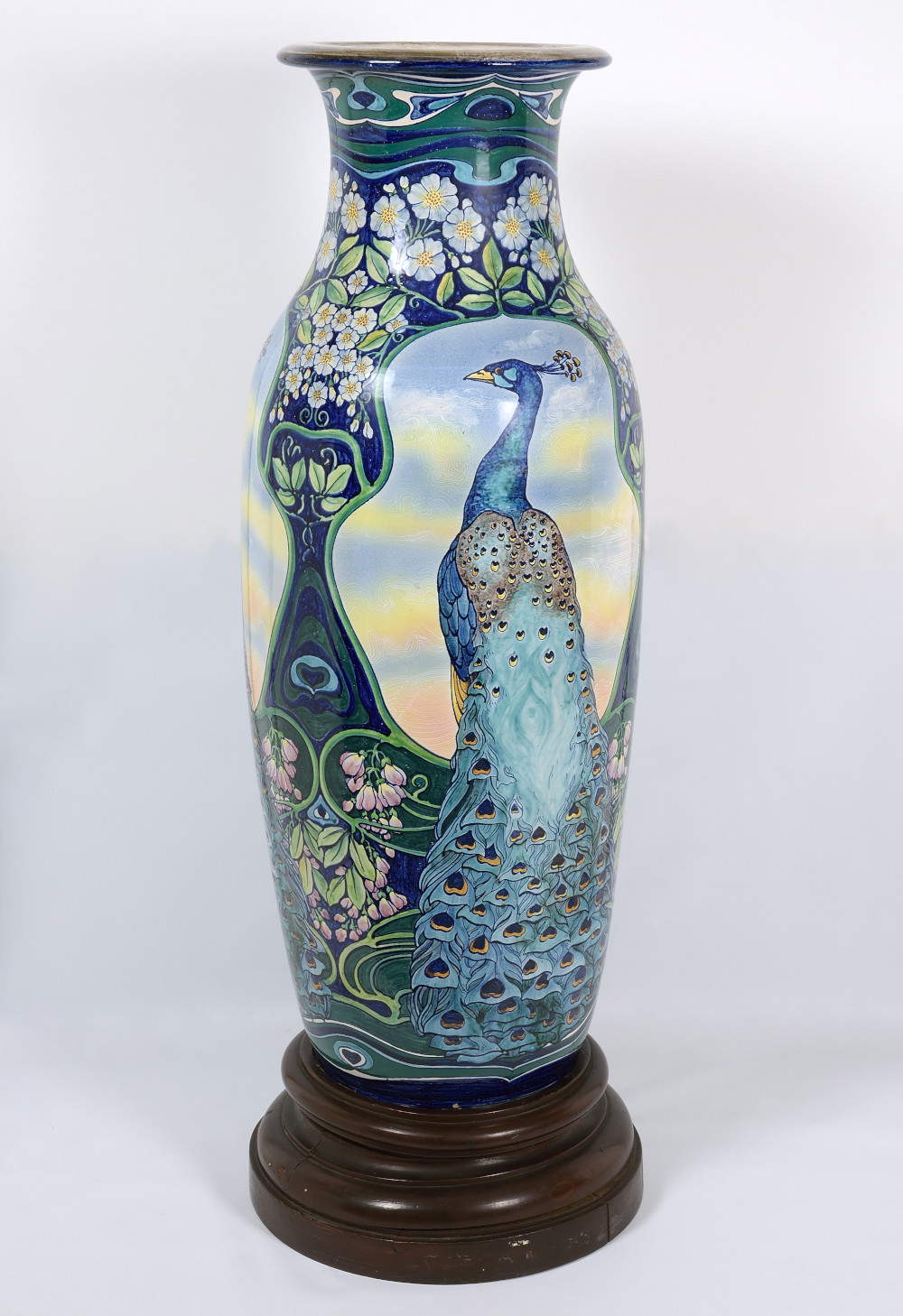
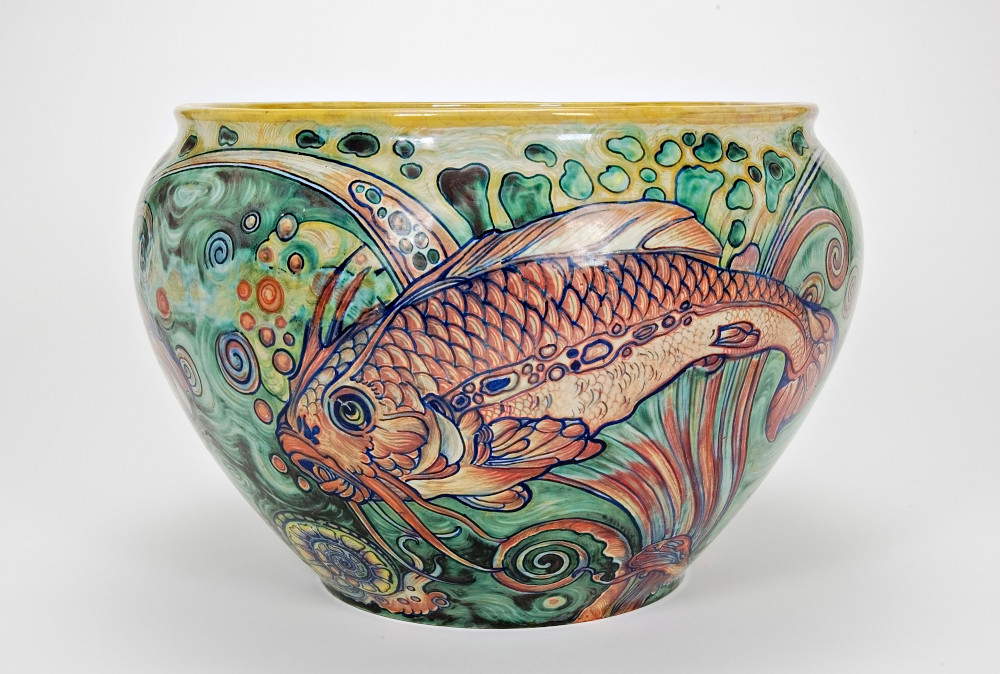
 |
| The MIC in Faenza showcases the ceramics, some previously unpublished, of Galileo Chini, a pioneer of Art Nouveau in Italy |
Warning: the translation into English of the original Italian article was created using automatic tools. We undertake to review all articles, but we do not guarantee the total absence of inaccuracies in the translation due to the program. You can find the original by clicking on the ITA button. If you find any mistake,please contact us.